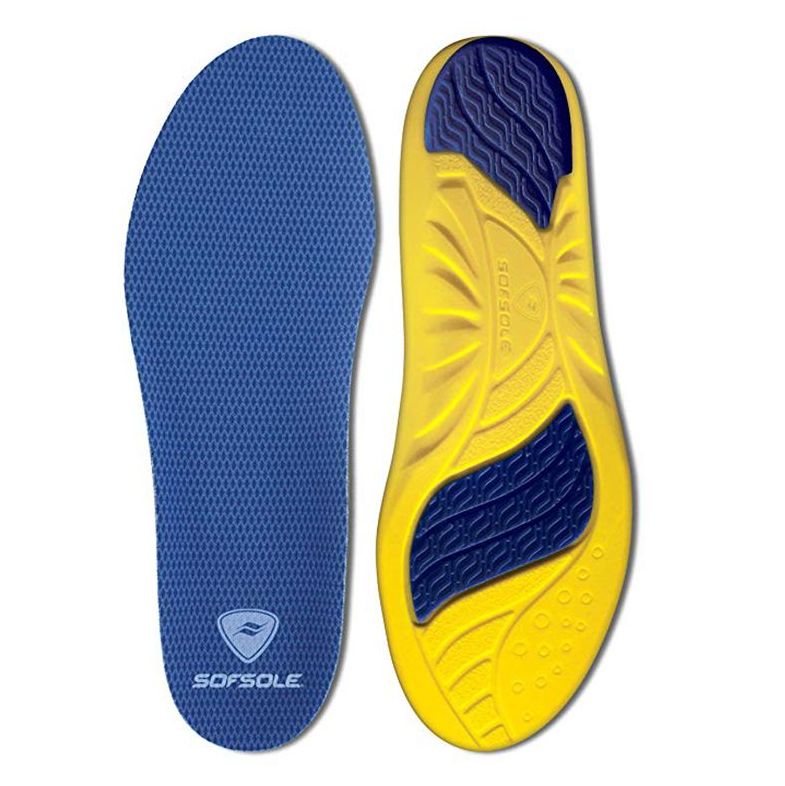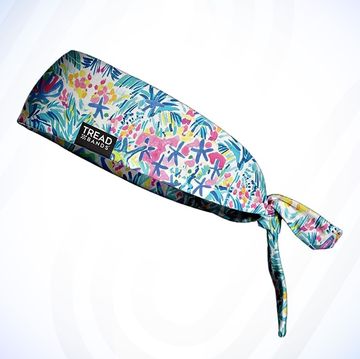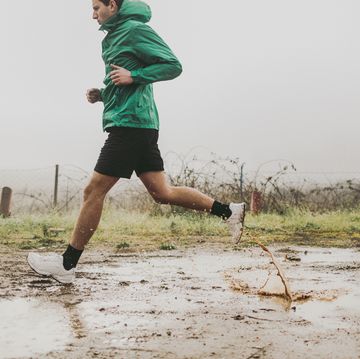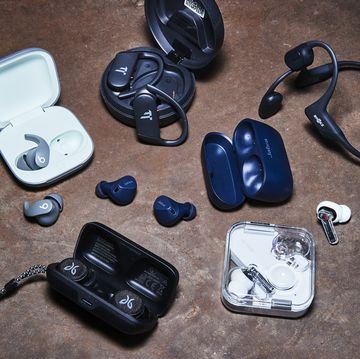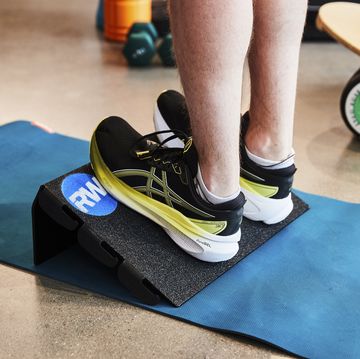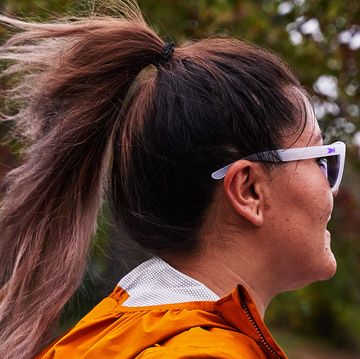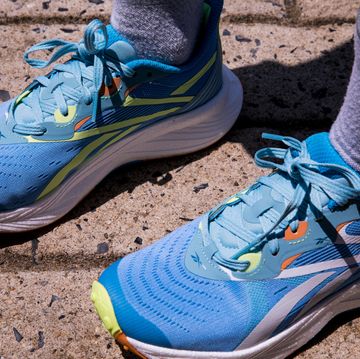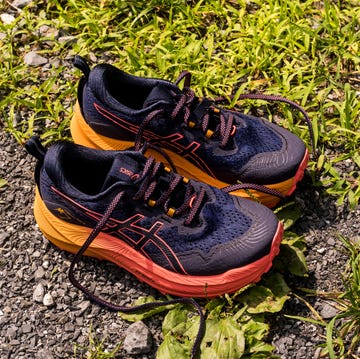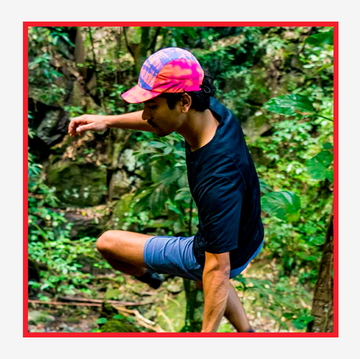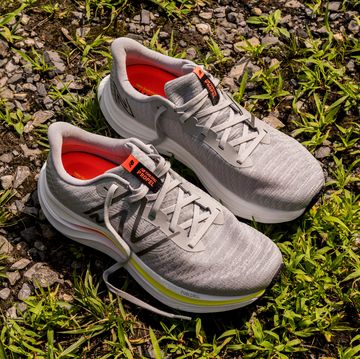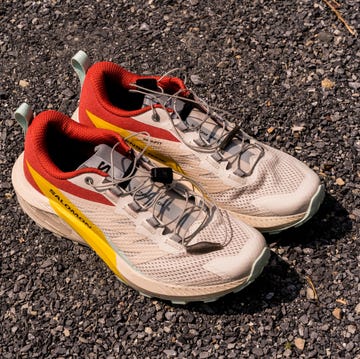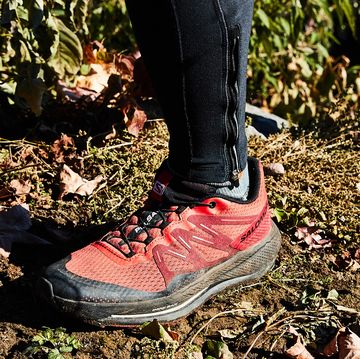Over-the-counter insoles can improve the fit and function of a running shoe, and some promise to do everything from reducing foot fatigue and plantar fascia strain to increasing running efficiency. But how’s a runner to wade through the sea of options, and why should you?
While all running shoes come with some sort of insole, they can be flimsy and break down easily, according to Mark Plaatjes, owner of In Motion Running store, physical therapist, and world champion marathoner. “An over-the-counter insole will typically last through two or three pairs of shoes and provide a lot of support and/or cushion, depending on what kind of insole you buy,” says Plaatjes. “Plus, they can make the shoe function better and last longer.”
Plaatjes also makes custom orthotics to address injuries, but says that roughly 60 percent of people do well with an over-the-counter insole versus a custom orthotic.
More From Runner's World

Insole materials range from simple foam compounds or gel (or a combination of the two) for cushioning, to the usage of plastic, carbon fiber or cork for rigidity and support to aid proper foot and lower leg alignment. Most have some sort of anti-odor treatment as well.
How We Picked These Insoles
Every pair on this list has been evaluated and vetted by our test team. We research the market, survey user reviews, speak with product managers and designers, and use our own experience running with these inserts to determine the best options available. We evaluated the insoles on performance, price, comfort, technical features, and value to come up with this list of insoles made specifically for runners.
With the same carbon fiber blend providing lightweight but effective support as in the Superfeet Comfort Thin insole, and the same deep heel cup and gel cushioning pod, the company’s Run Comfort insoles feature more cushioning from heel to toe for longer runs. And the women’s specific model (pictured here) is built with women’s-specific dimensions: a slimmer heel and an arch length to better fit a woman’s foot.
The most impressive thing about these insoles is that they’re customizable. Runners can either simply wear them and let them morph around their feet over time, or place the insoles in a 200-degree oven for roughly three minutes and then stand on them within your shoes for more customization. They’re treated to fight odor, and offer both cushioning and customized alignment. An Active Thin version is also available to fit in low-volume shoes.
Made mostly out of proprietary foam, and with two gel inserts—one beneath the forefoot and one under the heel—these insoles add more cushioning than support. But for neutral-footed runners looking for extra shock absorption than their shoes provide, these budget-oriented insoles do the job. They’re among the softest-feeling in this roundup (which can affect how peppy or sluggish a shoe feels).
These insoles provide arch support, added heel hold and cushioning by utilizing a carbon fiber blend that extends from the heel to just past the arch. A gel-like cushioning pod under the heel helps absorb impact, and a deep heel cup aims to optimally position feet. We found that the thin profile of these insoles helped them to fit in most shoes without drastically changing the volume; they’re 20 percent thinner than Superfeet’s Run Comfort line.
These insoles are a great way to add additional cushion to your shoe. The heel cushion and forefoot pad help with shock absorption and can help prolong the life of your shoe. Since it has a soft, low arch, this is a good option for people that have a neutral arch and don't want too much support. Best of all, these are super affordable for under $15.
These insoles are super lightweight and flexible which means that they won't take up a whole lot of room in your shoe. But don't be fooled by their flimsy appearance, they are supportive through the arch, and provide cushion and shock absorption in the heel, and even have a responsive spot under the ball of the foot. Plus they come in three different profiles—low, medium, and high—which makes them a great option for all types of feet and arches.

Before joining Runner's World, Gabrielle Hondorp spent 6 years in running retail (she has tested top gear from shoes, to watches, to rain jackets which has expanded her expertise—and her closets); she specializes in health and wellness, and is an expert on running gear from head-to-toe. Gabi began her journalism career as a Digital Editorial Fellow for Runner’s World and Bicycling Magazine, and has since advanced to a Runner's World Editor specializing in commerce. She has a double degree in English and Media and Communication from Muhlenberg College where she also ran cross country and track.




